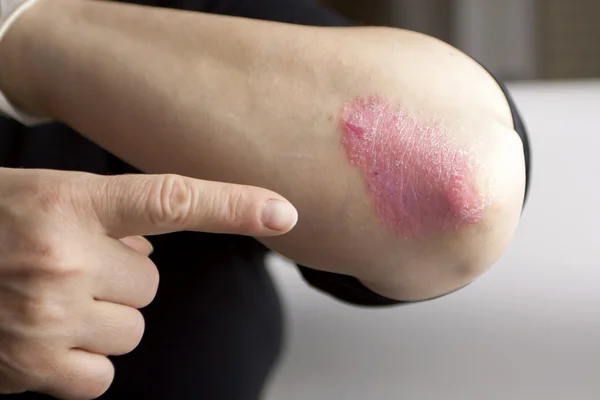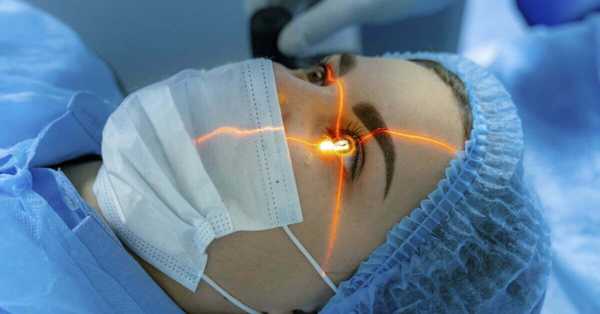Is That Plaque Psoriasis or Something Else?
Plaque psoriasis can often be mistaken for other skin conditions due to its common symptoms, such as red patches, scales, and itching. Recognizing the signs of plaque psoriasis and differentiating it from other skin disorders is key for effective treatment. Here's a comprehensive guide to help you understand plaque psoriasis and how to distinguish it from other similar conditions:
Plaque psoriasis can often be mistaken for other skin conditions due to its common symptoms, such as red patches, scales, and itching. Recognizing the signs of plaque psoriasis and differentiating it from other skin disorders is key for effective treatment. Here's a comprehensive guide to help you understand plaque psoriasis and how to distinguish it from other similar conditions:

Understanding Plaque Psoriasis
Plaque psoriasis is a chronic autoimmune disorder that accelerates the production of skin cells, leading to the formation of thick, red patches covered with silvery scales. It often appears on the elbows, knees, scalp, and lower back, though it can affect any part of the body. The condition can lead to itching, burning, and pain, and in some cases, it may cause joint pain or stiffness, known as psoriatic arthritis.
Key Symptoms of Plaque Psoriasis
• Red, Raised Patches: Primarily found on elbows, knees, scalp, and lower back.
• Silvery-White Scales: These scales are formed by dead skin cells and are a hallmark of the condition.
• Itching, Burning, or Soreness: Psoriasis patches can be itchy or painful.
• Nail Changes: Pitting, thickening, or discoloration of the nails are common.
• Joint Pain: Associated with psoriatic arthritis, a condition linked to plaque psoriasis.
Distinguishing Plaque Psoriasis from Other Skin Conditions
Plaque psoriasis shares symptoms with several other skin conditions. Here's how to differentiate it:
• Psoriasis vs. Eczema:
o Psoriasis: Red patches with thick, silvery scales.
o Eczema: Red, inflamed skin often in skin folds (elbows, behind knees), usually with oozing when scratched.
• Psoriasis vs. Ringworm:
o Psoriasis: Red patches with silver scales, usually not circular.
o Ringworm: Circular, raised patches with healthy skin in the center, highly contagious.
• Psoriasis vs. Seborrheic Dermatitis:
o Psoriasis: Red patches with silvery scales, affecting elbows, knees, and scalp.
o Seborrheic Dermatitis: Yellow, greasy scales in oily areas (scalp, face, chest), linked to dandruff.
• Psoriasis vs. Contact Dermatitis:
o Psoriasis: Red, raised patches with silvery scales, not caused by environmental factors.
o Contact Dermatitis: Caused by exposure to irritants or allergens, red, itchy patches that fade once the irritant is removed.
Other Conditions That Can Resemble Psoriasis
• Lichen Planus: Shiny, flat-topped bumps that may be itchy, usually affecting wrists, ankles, or mouth. No silvery scales.
• Rosacea: Redness and visible blood vessels on the face. No scales, often triggered by sunlight, alcohol, or spicy foods.
• Pityriasis Rosea: Begins with a large "herald patch" followed by smaller patches. Often temporary and resolves on its own.
• Lupus: A butterfly-shaped rash on the face, resembling psoriasis in color but affecting internal organs.
• Cutaneous T-cell Lymphoma: A rare immune system cancer that causes red patches, not responding to typical psoriasis treatments.
Why Accurate Diagnosis Matters
An accurate diagnosis is essential for effective treatment. Misdiagnosis can lead to ineffective therapies and prolonged discomfort. Recognizing plaque psoriasis early helps with:
• Early Treatment: Prevent progression and avoid complications like psoriatic arthritis.
• Quality of Life: Effective management reduces symptoms, enhancing comfort and daily life.
• Social Stigma: Accurate diagnosis helps manage the condition confidently.
Managing Plaque Psoriasis and Similar Conditions
• Topical Corticosteroids: Often the first-line treatment for psoriasis, reducing inflammation and scaling.
• Moisturizers: Essential for both psoriasis and eczema to reduce dryness and improve skin function.
• Phototherapy: Light therapy, effective for psoriasis, eczema, and other conditions.
• Systemic Treatments: For severe cases, options like biologics or oral medications may be prescribed.
Lifestyle Adjustments for Skin Health
• Diet: Reducing inflammatory foods like sugar and processed meats can alleviate psoriasis and eczema symptoms.
• Hydration: Drinking plenty of water helps maintain skin elasticity and reduces dryness.
• Stress Management: Techniques like meditation can reduce stress, a known trigger for psoriasis.
• Avoiding Triggers: Identifying and avoiding personal triggers (like specific skincare products or foods) can minimize flare-ups.
When to See a Dermatologist
If you notice persistent red patches, scaly skin, or unexplained itching, consult a dermatologist. A proper diagnosis will ensure the right treatment plan and help manage symptoms effectively.
Final Thoughts
Plaque psoriasis is a manageable condition if correctly diagnosed. Understanding its signs and distinguishing it from similar skin issues allows for better care and improved quality of life. Seek professional advice to ensure the most effective treatment and approach for your skin health.








